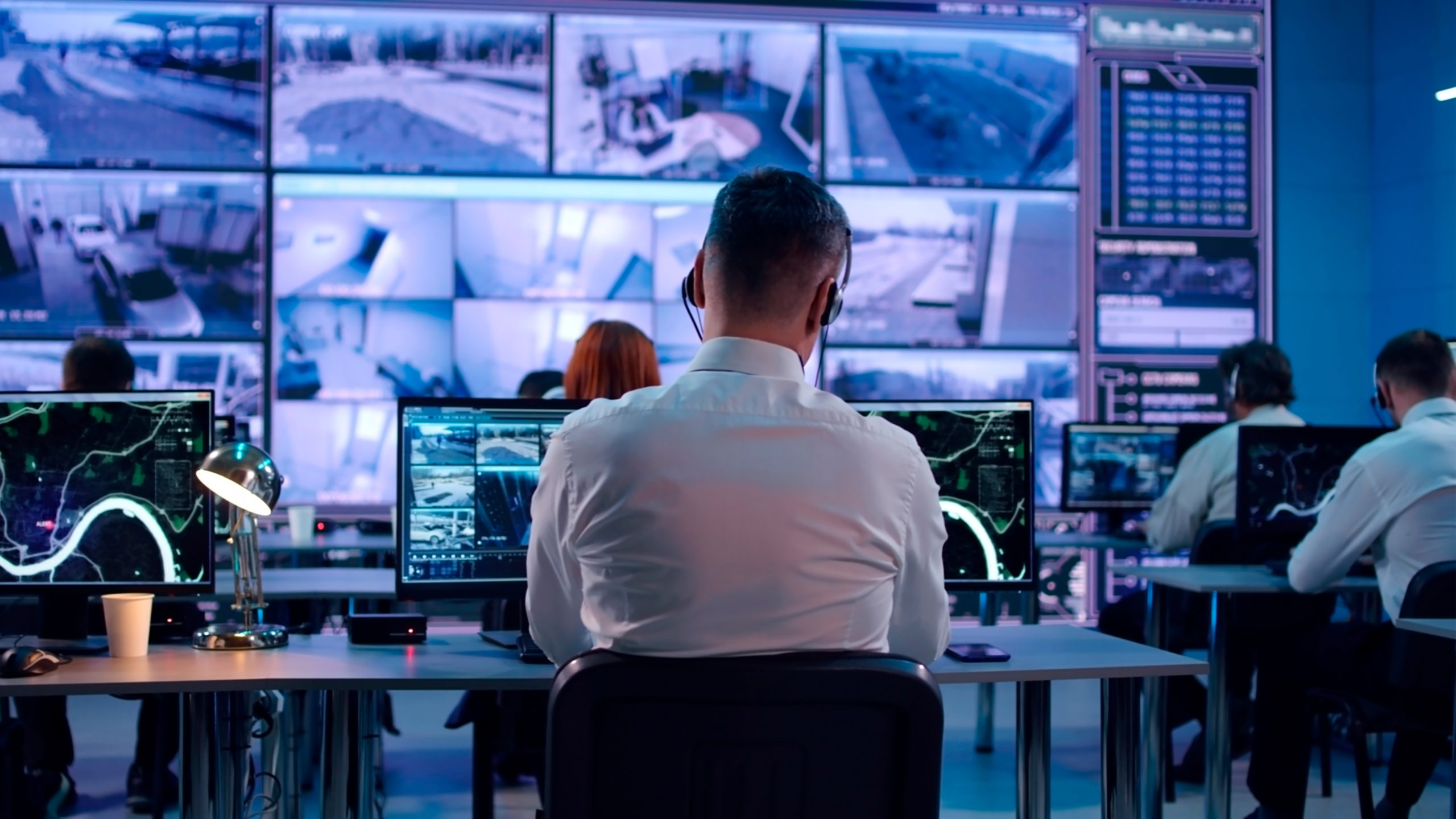Our experience spans two dedicated websites.
Discover the world of Collaborative and Meeting Spaces:
Discover the world of Collaborative and Meeting Spaces:
Last update: 13/05/25
Overseeing an IT infrastructure is essential given the complexity and variety of systems that encompass equipment, networks, and software.
According to a survey by Centreon (Supervision Barometer 2021-2023), 89% of IT professionals view IT supervision as a high priority for their organization, anticipating its increased significance in the future. This article provides insights into the benefits of effective IT infrastructure supervision and key considerations to achieve this.
IT supervision involves real-time monitoring of various components of an IT system (servers, networks, applications, and devices) to ensure their smooth operation.
Its primary goal is to quickly detect any anomalies or issues that could disrupt operations. This allows for preventive or corrective measures to minimize service interruptions and maintain optimal system performance.
IT supervision also plays a pivotal role in proactively managing system security. By monitoring event logs, intrusion attempts, and suspicious behaviors, IT teams can swiftly respond to potential threats, thereby bolstering data and sensitive information protection.
Note that IT supervision addresses both hardware (IT infrastructure) and the broader information systems.
These tools track and control various IT assets like computers, software, licenses, and peripherals. They also aid in planning updates and preventive maintenance. All machines (physical or virtual) with an IP address are referred to as Hosts.
Installed on different hardware components (servers, network switches, storage devices, applications, etc.), these software solutions, often called Services, gather performance and status data, e.g., CPU usage, RAM, temperature, hard drive statuses. This data is then relayed to the supervision platform through Connectors.
This is the heart of the supervision system. Platforms like Centreon collect data from probes and agents, store it in a database, and analyze it for performance or availability issues. This ensures long-term data storage, facilitating retrospective analysis, historical report creation, and trend detection.
The real value of IT supervision is less about knowing if Router X or Virtual Machine Y is down, but more about understanding the business impacts of these service disruptions. Mapping out the relationships between various services (e.g., Server X’s power supply status), hosts (e.g., Server X), and resulting business tools (e.g., a business application on Server X) is invaluable.
This involves using firewalls, antivirus solutions, and data protection measures to prevent cyberattacks and data breaches.
By equipping employees with basic IT security knowledge and promoting best practices, risks from inappropriate IT infrastructure use can be minimized.
The architecture typically relies on several interconnected components that work in tandem to gather, analyze, and display monitoring data.
Setting up an IT asset monitoring system requires a number of key steps to ensure optimum management. Here’s an overview:
Trust Motilde to guide you in optimizing and designing your IT and business supervision environments. Don’t hesitate to reach out now for more information. A specialized engineer will contact you promptly!

Copyright © 2025. MOTILDE. All rights reserved.